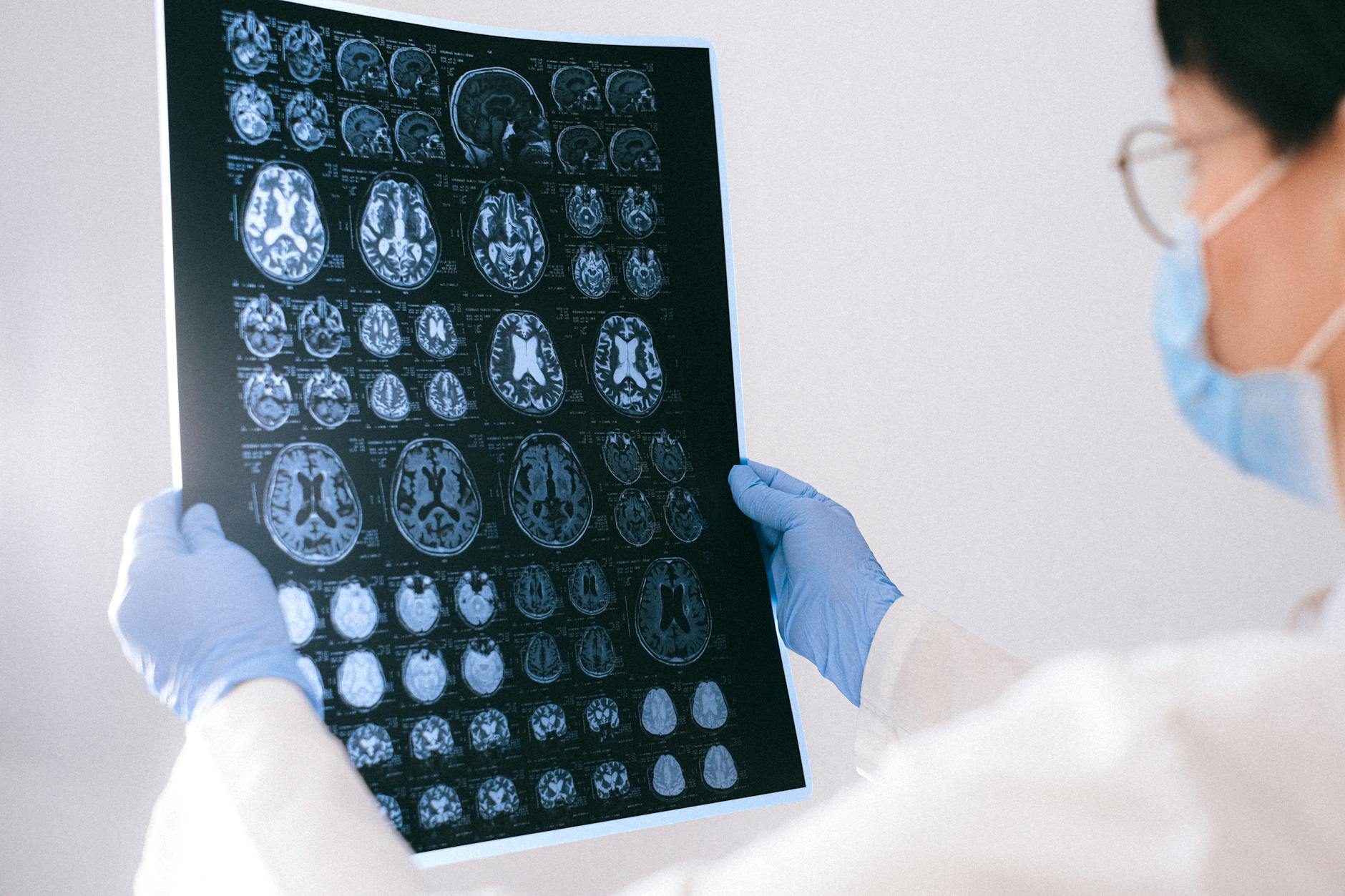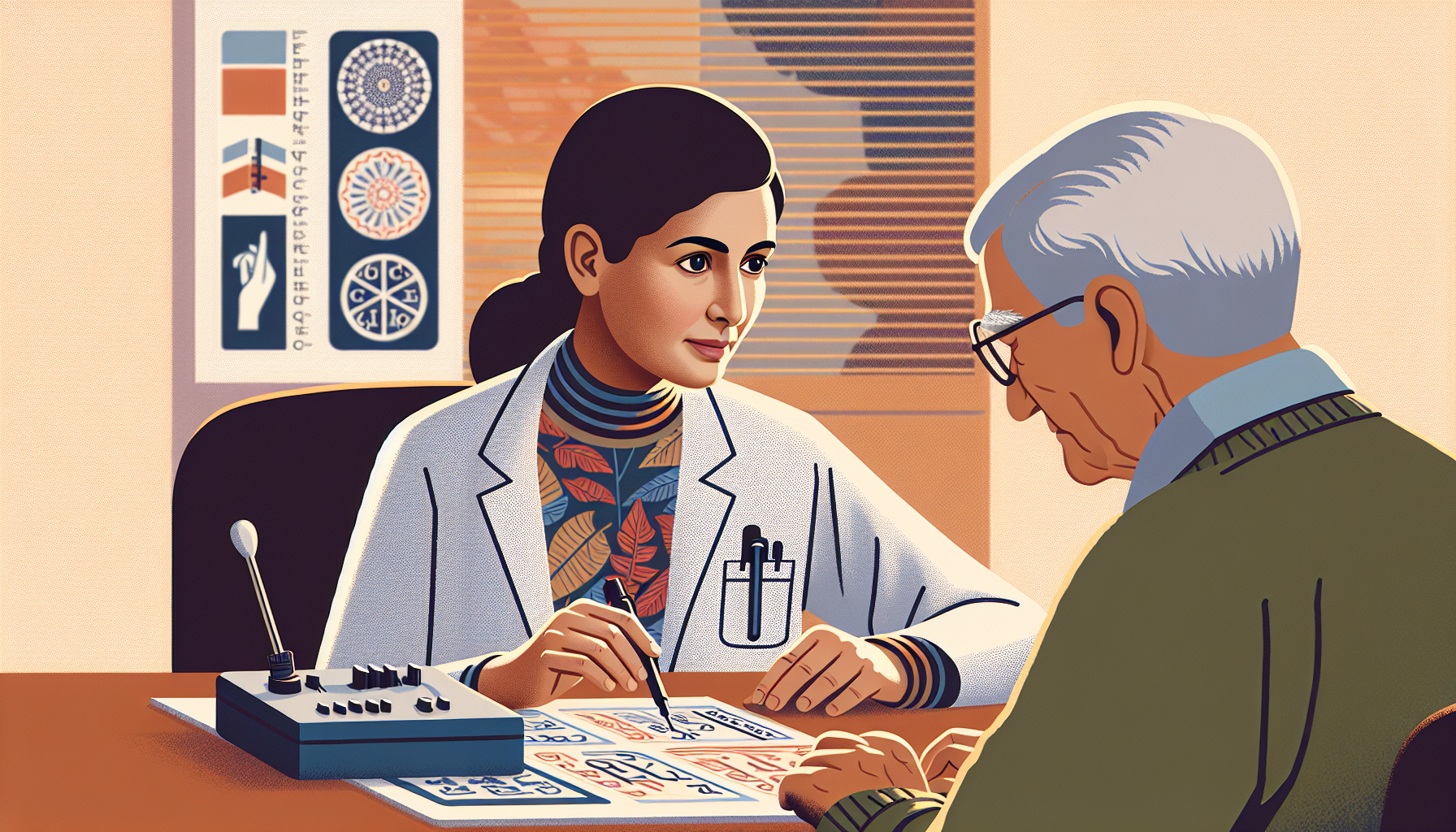What Causes Leg Cramps At Night In Seniors?
Discover the causes of leg cramps at night in seniors. From dehydration to nutritional deficiencies, find solutions for your loved ones.

Understanding Leg Cramps at Night in Seniors
Leg cramps at night in seniors can be a distressing experience. These cramps, also known as nocturnal leg cramps, occur during sleep and can lead to sudden, painful muscle contractions in the legs. Understanding the causes of these leg cramps is essential in effectively managing and preventing them.

Introduction to Leg Cramps
Leg cramps are involuntary spasms or contractions of the muscles, typically in the calf area, that can cause severe pain and discomfort. While the exact cause of leg cramps is not always clear, several factors can contribute to their occurrence. Dehydration, muscle fatigue, prolonged periods of sitting, and certain medications are commonly associated with leg cramps at night in seniors.
Prevalence of Leg Cramps in Seniors
Leg cramps at night are more prevalent in older adults, with approximately 75% of reported cases occurring during nighttime. The risk of experiencing leg cramps tends to increase with age. Seniors may be more susceptible to leg cramps due to factors such as reduced muscle mass, decreased circulation, and certain medical conditions that are more common in this age group.
It's important to note that leg cramps can have various underlying causes, and identifying the specific trigger for each individual is crucial for effective management. Some common causes of leg cramps include:
By understanding the causes of leg cramps at night in seniors, caregivers can take proactive steps to manage and prevent these episodes. Hydration, regular exercise, and addressing underlying medical conditions are some strategies that can help alleviate leg cramps. In the following sections, we will explore these causes in more detail and discuss effective management techniques.
Causes of Leg Cramps at Night in Seniors
Leg cramps at night can be a distressing experience for seniors. Understanding the underlying causes can help in managing and preventing these cramps. Several factors contribute to leg cramps at night in seniors, including dehydration, medications and medical conditions, muscle fatigue, and poor circulation.
Dehydration
Dehydration is a common cause of leg cramps at night in seniors. When the body lacks adequate fluids, it can disrupt the balance of electrolytes, such as potassium, magnesium, and calcium. These electrolytes play a crucial role in muscle function and contraction. Without proper hydration, the muscles may become more prone to cramping. Encouraging seniors to maintain adequate fluid intake throughout the day can help prevent leg cramps.
Medications and Medical Conditions
Certain medications can trigger leg cramps at night in seniors [1]. Medications like diuretics, statins, beta blockers, and certain asthma medications have been associated with leg cramps. It's important to consult with a healthcare professional if leg cramps occur after starting a new medication.
Underlying medical conditions can also contribute to leg cramps at night in seniors. Conditions such as diabetes, peripheral artery disease, osteoarthritis, and nerve compression in the spine can affect muscle function and increase the likelihood of experiencing leg cramps. Proper management of these conditions, along with medical guidance, may help alleviate leg cramps.
Muscle Fatigue and Poor Circulation
Muscle fatigue and poor circulation are additional factors that can lead to leg cramps at night in seniors. Overuse of muscles, prolonged periods of sitting or standing, and improper posture can contribute to muscle fatigue and cramping. Seniors often experience decreased blood flow and nerve function in their legs, making them more susceptible to leg cramps.
To address muscle fatigue and poor circulation, it is important for seniors to engage in regular stretching exercises and physical activity. Stretching can help improve flexibility, relieve muscle tension, and promote blood circulation to the legs. It's essential to consult with a healthcare professional or a physical therapist for appropriate stretching techniques and exercise recommendations for seniors.
By understanding the causes of leg cramps at night in seniors, caregivers can take appropriate measures to manage and prevent them. Encouraging hydration, reviewing medications with healthcare professionals, addressing underlying medical conditions, and incorporating stretching and exercise into daily routines can help alleviate leg cramps and improve overall comfort for seniors.
Common Medications and Conditions Linked to Leg Cramps
Leg cramps at night in seniors can be attributed to various factors, including medications and underlying medical conditions. Understanding these links is crucial in identifying potential causes and seeking appropriate management strategies.
Medications
Certain medications commonly prescribed to seniors have been associated with leg cramps. These medications include diuretics, statins, beta blockers, and certain asthma medications. While the exact mechanisms behind these associations are not fully understood, it is believed that these medications may disrupt electrolyte balance or affect nerve function, leading to muscle cramps.
It is important for seniors and caregivers to discuss the possibility of leg cramps as a side effect with healthcare providers. They can evaluate the necessity of these medications and explore alternative options that may alleviate leg cramps while still addressing the underlying health concerns. Close monitoring and communication with healthcare professionals are essential in managing leg cramps related to medication use.
Underlying Medical Conditions
Underlying medical conditions can also contribute to the occurrence of leg cramps at night in seniors. Conditions such as diabetes, peripheral artery disease (PAD), osteoarthritis, Parkinson's disease, and other nerve-related issues have been associated with leg cramps. The exact mechanisms through which these conditions lead to leg cramps may vary, but factors such as poor circulation, nerve damage, or imbalances in electrolytes may play a role.
Managing and treating the underlying medical conditions is crucial in addressing leg cramps. This may involve lifestyle modifications, medications, physical therapy, or other appropriate interventions. By effectively managing these conditions, it is possible to reduce the frequency and severity of leg cramps experienced by seniors.
Understanding the potential links between medications and medical conditions and leg cramps at night in seniors can help caregivers and healthcare providers develop targeted strategies to alleviate discomfort and improve quality of life. It is important to consult healthcare professionals for proper evaluation, diagnosis, and personalized treatment plans to address both the symptoms and underlying causes of leg cramps in seniors.
Nutritional Deficiencies and Leg Cramps
Nutritional deficiencies can play a significant role in the occurrence of leg cramps, particularly in seniors. Inadequate levels of certain minerals and nutrients can contribute to the development of leg cramps at night. Let's explore the importance of minerals and nutrients, as well as the role of electrolyte balance in preventing leg cramps.
Minerals and Nutrients
Deficiencies in minerals such as potassium, magnesium, or calcium can be linked to leg cramps at night in seniors. These essential nutrients play crucial roles in muscle contraction and relaxation. Insufficient levels of these minerals can lead to muscle imbalances and increased muscle excitability, which can trigger leg cramps.
MineralRoleFood SourcesPotassiumHelps regulate muscle contractions and fluid balanceBananas, oranges, potatoes, avocadosMagnesiumAids in muscle and nerve functionSpinach, almonds, black beansCalciumEssential for muscle contractions and bone healthDairy products, leafy greens, fortified cereals
Importance of Electrolyte Balance
Maintaining proper electrolyte balance is crucial for preventing leg cramps at night. Electrolytes, including potassium, magnesium, and calcium, play a vital role in conducting electrical impulses that regulate muscle contractions and nerve function. Medications commonly prescribed for seniors, such as diuretics, statins, and steroids, can lead to imbalances in these electrolytes, contributing to nighttime leg cramps.
It is essential for seniors to consume a well-balanced diet that includes foods rich in the aforementioned minerals and electrolytes. This can help support optimal muscle function and reduce the likelihood of leg cramps. However, it's important to consult with a healthcare provider before making any significant dietary changes, especially if taking medications that may interact with certain foods or supplements.
By addressing nutritional deficiencies and maintaining proper electrolyte balance, seniors can reduce the occurrence of leg cramps at night. Incorporating a variety of nutrient-rich foods into their diet can help provide the necessary minerals and support overall muscle health. Additionally, working closely with healthcare providers can ensure that any medications prescribed are not causing leg cramps and explore potential alternatives if needed [2].
Managing and Preventing Leg Cramps
When it comes to managing and preventing leg cramps in seniors, there are several strategies that can be implemented. These include focusing on hydration and fluid intake, incorporating stretching and exercise into daily routines, and considering medical interventions and treatment options.
Hydration and Fluid Intake
Dehydration is a common cause of nighttime leg cramps in seniors, especially when they are not drinking enough fluids throughout the day. Proper hydration is essential to prevent these cramps. Encourage seniors to increase their daily fluid intake by drinking water, herbal teas, or consuming hydrating foods such as fruits and vegetables.
Stretching and Exercise
Muscle fatigue caused by overexertion, prolonged standing or walking, or excessive exercise during the day can make seniors prone to leg cramps at night. To alleviate muscle fatigue and prevent cramps, it is important for seniors to incorporate regular stretching exercises into their daily routine. Gentle stretching of the legs, particularly the calf muscles, before bedtime can help relax the muscles and reduce the likelihood of cramps. Encourage seniors to consult with a healthcare professional or a physical therapist for guidance on appropriate stretching exercises.
Medical Interventions and Treatment Options
In cases where leg cramps persist despite lifestyle modifications, medical interventions and treatment options may be considered. Proper evaluation of nocturnal leg cramps in seniors should include a detailed history, physical examination, and assessment of metabolic and neurological factors that can contribute to the condition. Treatment options may range from conservative measures to pharmacological interventions based on the underlying etiology of the cramps.
If leg cramps are associated with underlying medical conditions such as chronic venous insufficiency, surgical interventions to address the venous insufficiency may be necessary to relieve the cramps [5]. It is important for seniors to discuss their symptoms with their healthcare provider to determine the most appropriate course of action.
By focusing on hydration, incorporating stretching and exercise, and considering medical interventions when necessary, seniors can effectively manage and prevent leg cramps. However, it is crucial for caregivers to consult with healthcare professionals for personalized advice and recommendations based on the individual needs and circumstances of the seniors they are caring for.
Evaluating and Treating Leg Cramps in Seniors
When it comes to addressing leg cramps at night in seniors, proper evaluation and treatment are essential for alleviating this common condition and improving the individual's quality of life. Leg cramps, although typically harmless, can be disabling and impact seniors significantly. Let's explore the process of evaluating and treating leg cramps in seniors.
Evaluation Process
To effectively manage leg cramps in seniors, a comprehensive evaluation is necessary. This evaluation should include:
By conducting a thorough evaluation, healthcare professionals can identify potential underlying causes and tailor treatment approaches accordingly.
Treatment Approaches
The treatment of leg cramps in seniors often involves a combination of conservative measures and targeted interventions. Here are some common treatment approaches:
The specific treatment approach will depend on the individual's unique circumstances, and healthcare professionals will work closely with seniors to develop a personalized plan.
By evaluating leg cramps in seniors through a comprehensive process and implementing appropriate treatment approaches, healthcare professionals can help alleviate discomfort and improve the overall well-being of seniors affected by this condition.
References
[2]:
[3]:
[4]:
[5]:


































































































